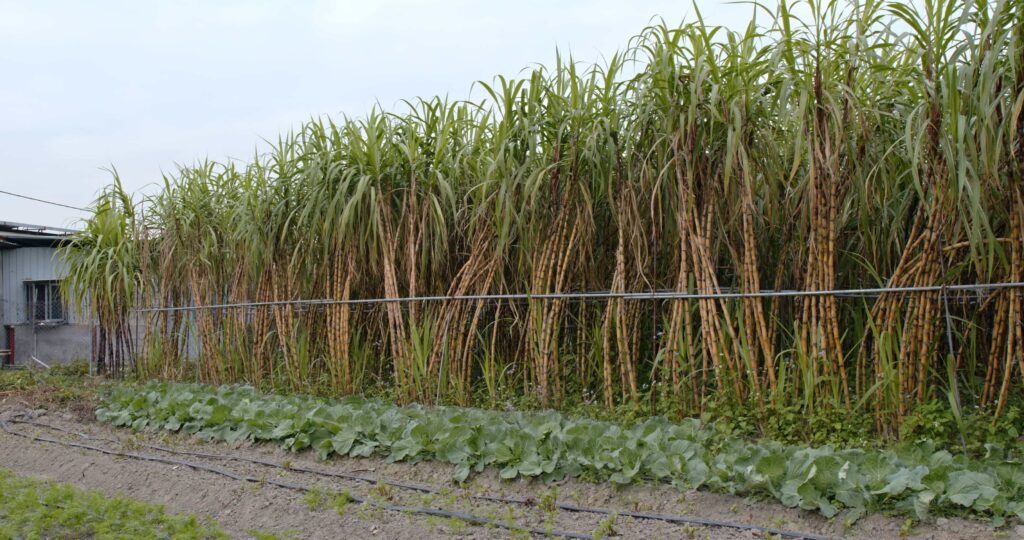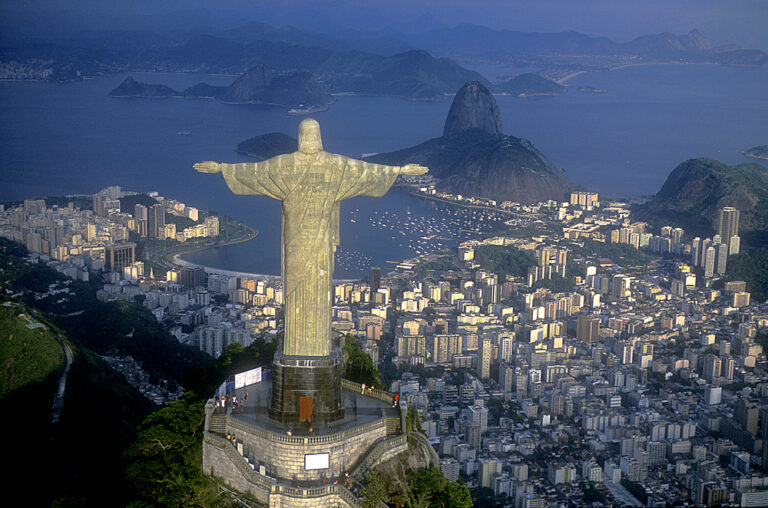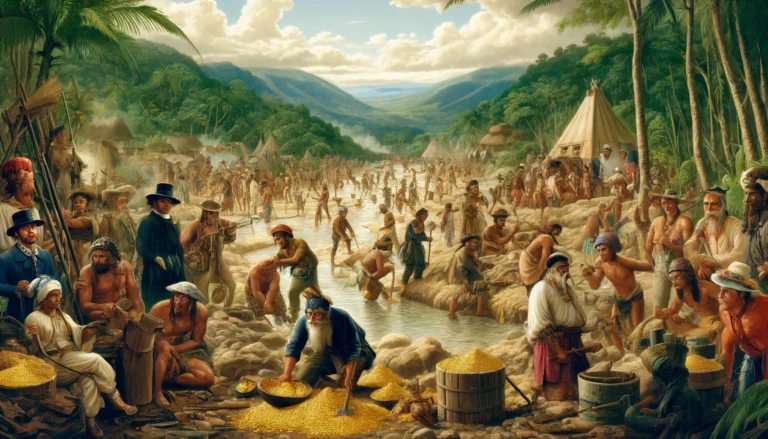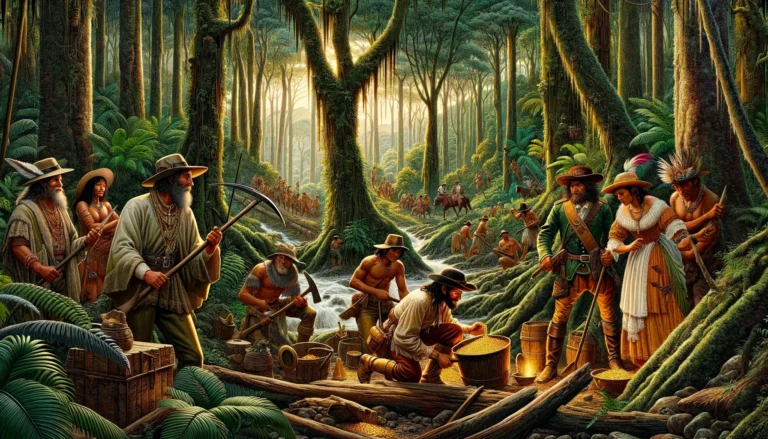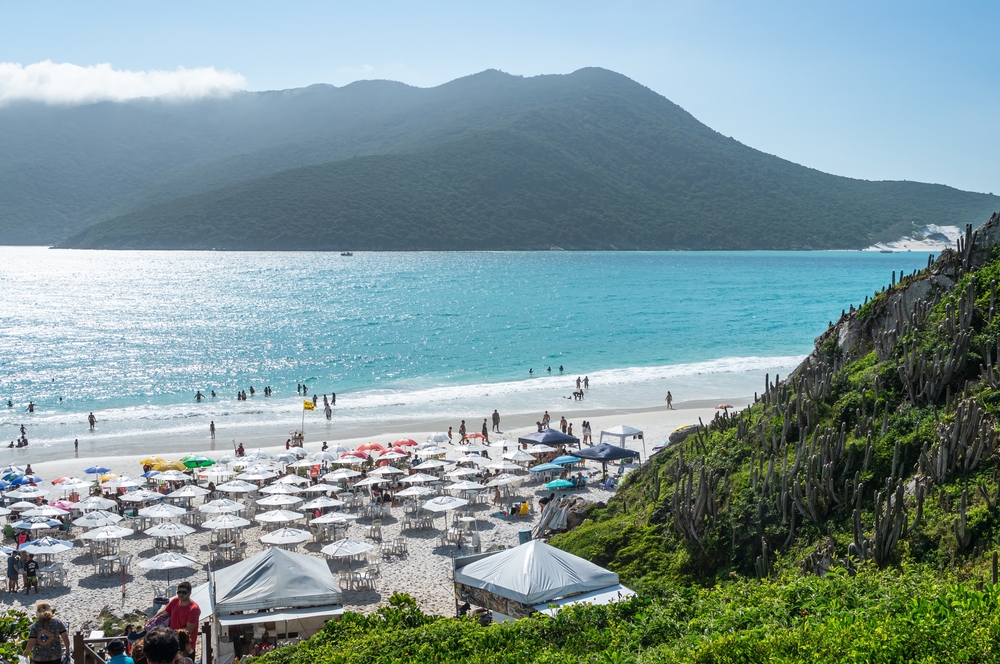The sugarcane industry in Brazil has deep historical roots, with sugarcane cultivation beginning in the early years after the country’s discovery by the Portuguese in 1500. By the mid-16th century, sugarcane had become a major economic activity, especially in the northeast of Brazil.
Here’s a brief overview of the early sugarcane industry in Brazil during the 1550s:
Introduction of Sugarcane: The Portuguese settlers introduced sugarcane to Brazil shortly after 1500. They were familiar with its cultivation, as the plant had been grown in the Atlantic islands of Madeira and the Azores, among other places.
Favorable Conditions: Brazil’s vast tracts of arable land, combined with its favorable climate and abundant rainfall, made it ideal for sugarcane cultivation.
Establishment of Sugar Mills (Engenhos): By the 1550s, the first sugar mills, or “engenhos,” were established in Brazil. These were complex units that included the plantation and facilities for crushing the cane and producing sugar.
Labor: The cultivation and processing of sugarcane was labor-intensive. Initially, the Portuguese attempted to use the indigenous peoples of Brazil as laborers. However, resistance, European diseases, and other factors led to a decline in the indigenous workforce. This led to the importation of enslaved Africans in large numbers, marking the beginning of the tragic Atlantic slave trade to Brazil. This dark aspect of history saw Brazil importing more enslaved Africans than any other country in the Americas.
Economic Significance: By the late 16th and early 17th centuries, Brazil had become the world’s leading sugar producer. The country dominated the European sugar market, with cities like Salvador in Bahia and Olinda in Pernambuco emerging as significant centers of the sugarcane industry.
European and Local Dynamics: The lucrative sugar industry attracted the attention of European competitors, especially the Dutch. Between 1630 and 1654, the Dutch managed to occupy parts of northeastern Brazil, focusing on capturing the lucrative sugarcane-producing regions. This occupation impacted the region’s economy and global sugar trade dynamics.
Decline and Resurgence: By the end of the 17th century, other regions in the Americas, particularly the Caribbean, began to rise in sugar production, and Brazil’s dominance in the sugar market waned. However, sugarcane remained an essential crop, and Brazil’s sugarcane industry experienced various phases of decline and resurgence in subsequent centuries.
Today, Brazil is again a leading player in the global sugarcane industry, not just for sugar but also for ethanol production. The historical foundations laid in the mid-16th century set the stage for Brazil’s modern prominence in the industry.

